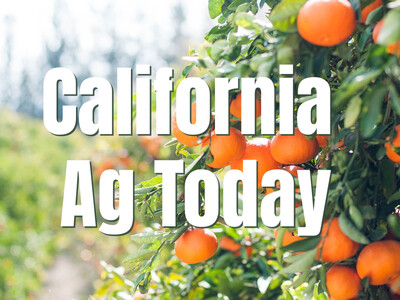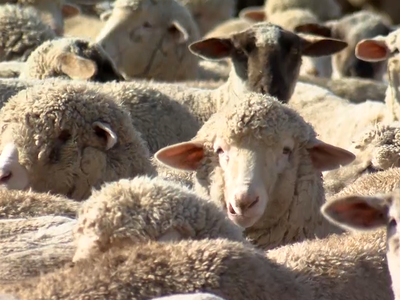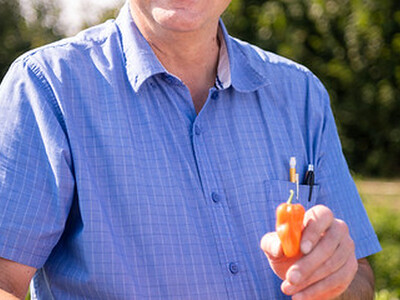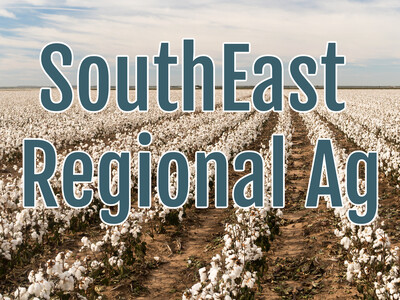Nutrition Bill Signed & Low Paying Jobs
Nutrition Bill Signed & Low Paying Jobs plus Food Forethought. I’m Greg Martin with today’s Northwest Report.
President Obama put his hand to paper yesterday morning as he signed the Healthy, Hunger Free Kids Act of 2010. The Healthy, Hunger-Free Kids Act will improve the quality of school breakfasts, lunches and other foods sold in schools while also strengthening nutrition programs that serve young children, including WIC and the Child and Adult Care Food Program according to chef Rachael Ray.
RAY: I think that this Healthy and Hunger Free Kids Act is the first substantive step in my lifetime that’s just overwhelming. I watched this morning the President and the FIrst Lady signing this and it just gave me chills. It me feels so great because this is the only level playing field we all have to battle both hunger and obesity at the same time.
Ray is a healthy kids advocate.
A recent report says 88 percent of new job openings in Idaho pay less than a living wage for a family of four with one working adult, and 53 percent pay less than a living wage for a single adult. The report also says that for every 30 job seekers there is only one job opening that pays a living wage of $55,000 a year for a family of three. The 2010 Northwest Job Gap Report says a single adult needs to earn $29,642 annually to meet basic needs, while a family of four with two working adults must make $75,372 a year.
Now with today’s Food Forethought, here’s Lacy Gray.
Farmers and ranchers are currently discovering what many great humorists over the years have known all along; want to make a point without alienating your audience, use humor and personal stories to get a serious message across in a way that will have people smiling, or crying, connecting, and thinking all at the same time. Mark Twain knew this, so did Will Rogers. Instead of cursing technology many farmers are embracing it as a way to reach out to their non-farming neighbors and the consumers. The social media network is vast and platforms such as Facebook, YouTube, LinkedIn, or Twitter make it easy for farmers and ranchers to connect with their customers, showing them how their food is produced, while sharing in regular writings and pictures all the hard work, joys, struggles and daily frustrations that go along with it. Someone in a NewYork townhouse probably can’t relate to hail, wind, or fire damaged crops, but post pictures of a farmer and his family sifting through whats left of their home, barn, and outbuildings after a tornado and a connection and foundation for mutual understanding will have been built.
Thanks Lacy. That’s today’s Northwest Report. I’m Greg Martin on the Ag Information Network.














